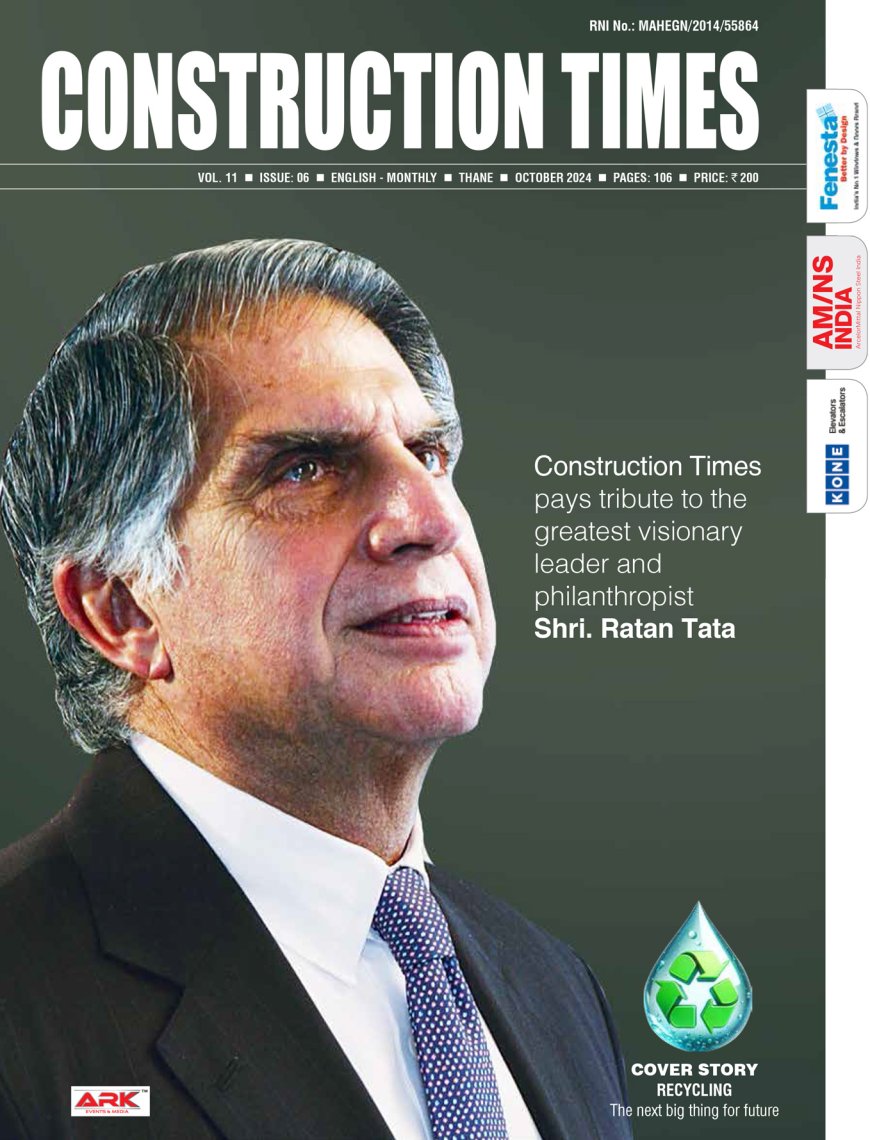STEEL SECTOR POISED FOR GROWTH.
Indian steel industry has commercial production capacity of 133 million metric tonne (MMT) as on 2020 and with further brownfield expansion nearing commercial production, the total capacity would reach to about 140 MMT by end of 2021. OVERVIEW The growth of Indian steel industry is largely driven by increase in domestic consumption backed by government

 Indian steel industry has commercial production capacity of 133 million metric tonne (MMT) as on 2020 and with further brownfield expansion nearing commercial production, the total capacity would reach to about 140 MMT by end of 2021.
Indian steel industry has commercial production capacity of 133 million metric tonne (MMT) as on 2020 and with further brownfield expansion nearing commercial production, the total capacity would reach to about 140 MMT by end of 2021.
OVERVIEW
The growth of Indian steel industry is largely driven by increase in domestic consumption backed by government investments in sectors such as infrastructure, rural development, power, energy and railways. Similarly, from the private sector, the investments in major downstream industry of auto, infrastructure, construction, capital goods, machinery and other industrial developments, is driving the growth of the steel sector. Exclusive fields like defence and aerospace are also large contributors to special steel businesses.
India's consumption pattern has been around 90-95 MMT for past 3 years and per capita consumption average of only 74 kg against a world average of 230 kg. The Indian steel industry has commercial production capacity of 133 MMT as on 2020 and with further brownfield expansion nearing commercial production, the total capacity would reach to about 140 MMT by end of 2021.
The iron and steel industry has products matching global standards with a policy of domestic manufacturing (DMISP) and quality control order (QCO) support from the Ministry of Steel under NSP Policy 2017 with a growth plan of 300 MMT production capacity by 2030 and per capita consumption to 150 kg.
The government's capital expenditure of Rs 4.5 lakh crore on infrastructure is, undoubtedly, a big boost from Budget 2021, but how soon this will materialise is something that we need to watch out for.
PRICE MISNOMER
Steel pricing has been misunderstood as cartel. Steel prices of TMT rebars, the main commodity of construction industry and a big part of business, is in the non-integrated sector of induction furnace and small scale manufacturers, who always tender the prices up and down.
Currently, the prices of TMT rebars are in the range of Rs 45000 per MT and Rs 48000 per MT. But these products don't meet the integrated steel plant BIS Fe-500D quality standards and therefore, those who meet the quality and seismic standards charge Rs 3000-4000 higher. Fortunately, GST and digital fiscal policy has helped standardisation on prices in the induction furnace segment.
The hot rolled sheet and plate (HR), which is the second commodity for fabrication, equipment and pre-engineering sector, is largely dependent on international prices. Currently, the USA standard domestic price of HR steel is at USD 1240 per MT. Similarly, China exports are down heavily because of huge domestic consumption, and the price is ranging at USD 700-730 per MT.
EXPORTS AIDED SALES
Indian steel industry took the export route during the Covid pandemic period in 2020 due to total collapse of the domestic business and a steep rise in the demand for semi-finishedand HR steel commodities from China, South East Asia, Europe and Middle East.
Large demand from the global market was on the back of China discontinuing all induction furnace business of nearly 117 MMT offering billets and supplies through the Black Sea were also shut off.
China stopped HR Coil exports to Europe and the USA as the prices werevery low in 2020.As the USA domestic manufacturers started production, there has been a sudden hike in domestic prices since the last 6 months, even as the global prices hover at USD 600-750 per MT.
The Regional Comprehensive Economic Partnership (RCEP) policy also helped South East Asia gain volumes on downstream with imports from China.
Meanwhile, in the Budget 2021, the government has temporarily removed the anti-dumping duty of 20% on imports from China till October 2021 to cut domestic prices.But sourcing is not in the making as Indian prices are still lesser or only near to international prices. RCEP countries are offering better margin to Chinese exporters.
SCRAPPAGE POLICY
India imports about 15 MMT of steel scrap. The government has slashed import duties from 2.5% to 0 to support electric furnace steel producers. However, the international rates of scrap are also at a high of USD 470 per MT, while the availability is low. Also, the scrap page policy declaration is a new beginning for the industry, but it shall come to movement only in about 5 years as we are yet to establish scrap hub centres. At present, except for Alang ship breaking yard in Gujarat, we do not have any major points.
WAY FORWARD
While the intention and the actions are in the right direction, it is important to ensure how the Indian steel industry can grow faster. This will, however, need everybody's support topush infrastructure development.
Some of the suggestions would be:
- Improve domestic demand mainly with government expenditure
- Steel plants, government and domestic consumers have a better understanding on all product and pricing parameters
- Export trade agreements with multiple nations with benefits. FTA and import duties are reconsidered
- Fiscally improved market capitalisation, better borrowing opportunities, improved taxation benefits.
- Better Central and state policies on metals and mining in terms of taxes, PLI terms, duties, DMISP, QCO and capital expenditure on equipment and machineries.
- Brownfield and greenfield opportunities with land, water and mineral connectivity.
- Improved efficiencies, better skill employment at all manufacturing plants.
- Open corridors for upstream and downstream business and also railways and defence.
Hits: 154















